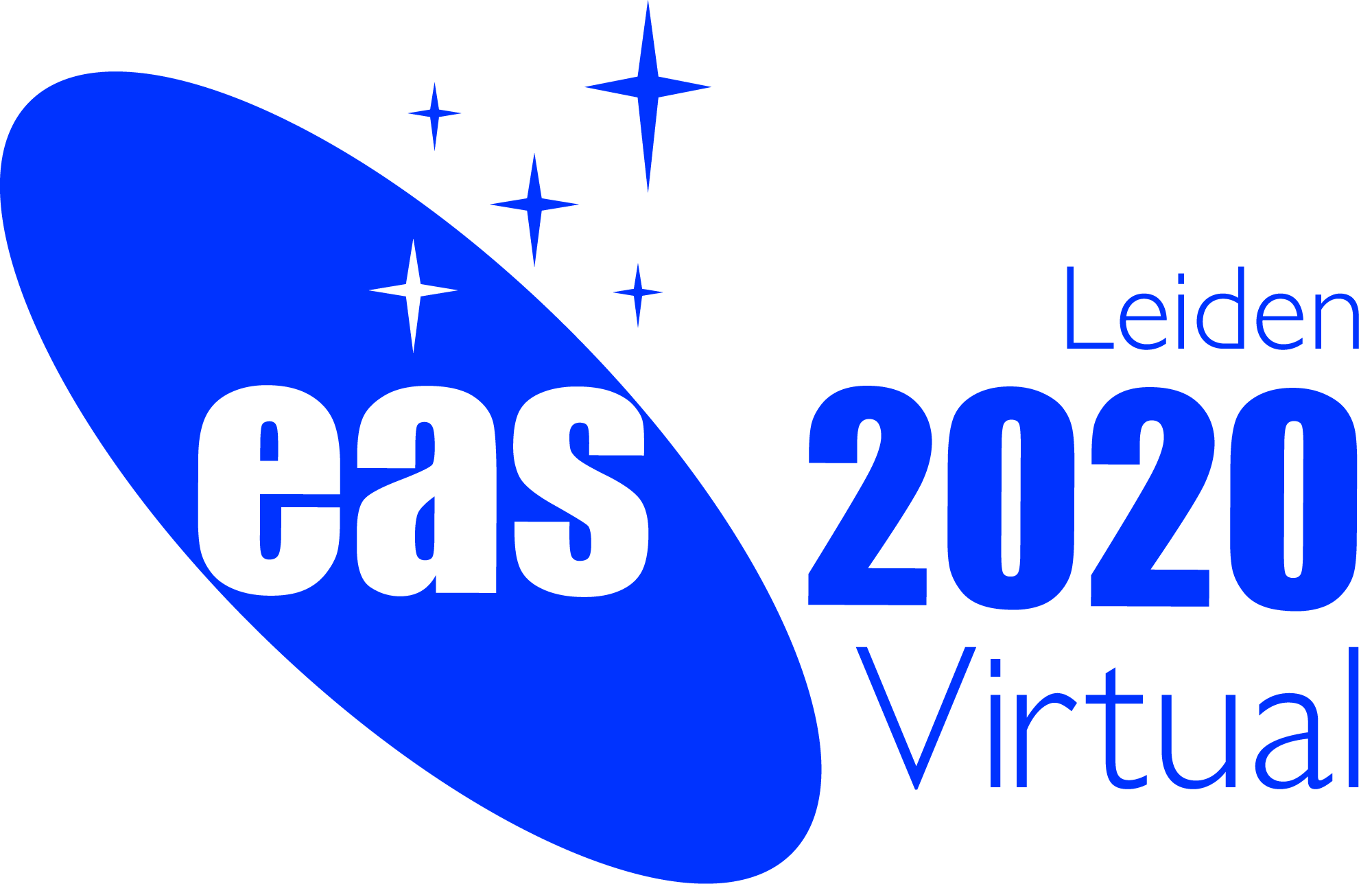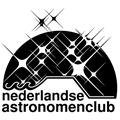
|
Special Session SS16
29 June 2020
Registering the Universe at the highest spatial accuracyNews: The EAS is going virtual and the SOC of SS16 is happy to join in! We are glad to see that this has opened up opportunities for some people to submit their work to this session, and the programme is starting to look very exciting. Aims and scope
The spectacular black hole image released in 2019 has shown the wonder of high-resolution radio astronomy to the world. Observations at high spatial resolution from different observing frequencies are fundamental to study complex astrophysical phenomena. This special session will bring together experts in a range of topics to present the synergies between observations across the electromagnetic spectrum. Special focus will be on how the micro-arcsecond accuracy achievable with Very Long Baseline Interferometry (VLBI) can help tackle the major science questions in high-energy astrophysical phenomena, and exploit the synergies of VLBI with multi-wavelength and multi-messenger astrophysics. This is an exploding field with the next generation large facilities, such as the ELT and SKA, coming soon online. For this session contributed talks and posters will be accepted. We will follow an equal opportunity policy regarding diversity and non-discrimination in line with EAS policies, and actively seek contributions from underrepresented groups and early career researchers. This session has received funding from the European Union's Horizon 2020 research and innovation programme under grant agreement No 7308844 (JUMPING JIVE). Programme The session will consist of three blocks of 1.5 hours each. Per session there will be 1-2 invited review talks, and 2-3 contributed talks. The main topics are:
Invited speakers This is a preliminary list, awaiting confirmation from additional speakers.
Scientific organisers
Contact
Ilse van Bemmel: bemmel @ jive.eu Updated on Mon Jun 29 14:43:52 CEST 2020
|
||||||||||||||
|
European Astronomical Society |
|||||||||||||||
 A power cut will shut down all EAS services on Tuesday, 10 January 2017 starting at 7:30 CET.
A power cut will shut down all EAS services on Tuesday, 10 January 2017 starting at 7:30 CET.



